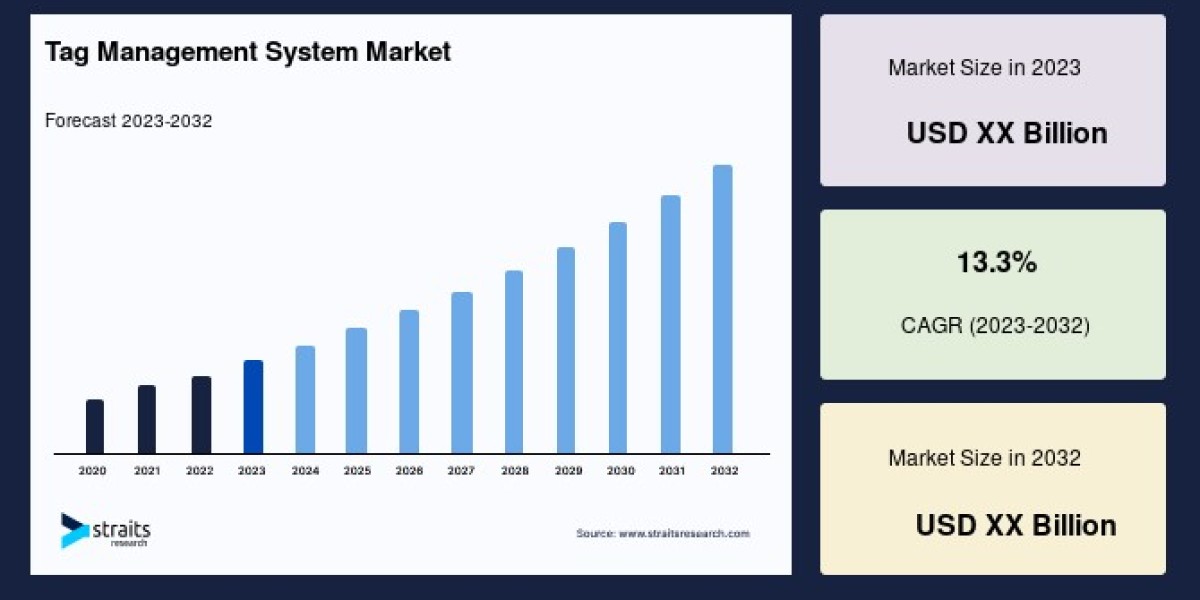Introduction
If you have ever paid your share of dinner by tapping a phone or sent rent to a roommate in seconds, you have used a P2P apps. Yet many people still wonder what happens behind that quick “Payment Sent” notice. That is why we put together P2P Apps Explained: How Peer-to-Peer Payment Apps Work—a deep-dive that breaks down every moving part in easy language. In this guide you will learn how p2p apps connect banks, cards, and digital wallets, why they are booming in 2025, and what to check before you press Send.
1. What Exactly Is a P2P App?
A peer-to-peer (P2P) payment app is a mobile or web tool that lets two people move money directly without using cash, paper checks, or long bank routing forms. Think of it as a digital IOU that is settled instantly or within minutes.
Key ingredients
A funding source—usually a bank account, debit card, or stored balance.
A unique ID—phone number, email, or app username for each party.
A secure messaging layer—encrypted data rails that carry your payment order.
A settlement network—the banking, card, or blockchain system that actually shifts funds.
When you hit “Pay,” the app bundles these details into an encrypted packet, requests approval from your bank or card network, and credits the recipient—often before the final bank-to-bank movement finishes.
2. How the Money Flows Step by Step
Step 1: Initiation
You enter an amount and tap Send. The app checks your balance or authorizes your debit card.
Step 2: Authentication
Modern P2P apps rely on fingerprint, Face ID, or a one-time PIN to verify you are really you.
Step 3: Authorization
The funding source (bank or card network) earmarks the funds. For debit and bank transfers, this happens in seconds; for credit it may post later.
Step 4: Notification
Both sender and receiver get instant alerts. The receiver often sees money in their in-app wallet right away, even if the back-end clearing is still pending.
Step 5: Clearing & Settlement
Behind the curtain, the app’s partner bank or payment processor bundles thousands of small transfers and clears them through ACH, RTP, FedNow, SEPA, UPI, or a blockchain—depending on region—usually in minutes or hours.
Step 6: Cash-out
The recipient can spend directly from the app or withdraw to a linked bank account. Some services offer instant pay-outs for a small fee and standard next-day transfers for free.
3. Why P2P Apps Took Off
| Driver | Impact on Users |
|---|---|
| Smartphones everywhere | Payments follow you, not your bank branch. |
| Real-time rails (FedNow, UPI, Faster Payments) | Transfers clear in seconds instead of days. |
| Lower fees | Many apps are free for personal use, saving card swipe costs. |
| Embedded identity checks | Face ID and biometrics slash fraud. |
| Social features | Feeds, emojis, and bill splits turn payments into conversations. |
Add a pandemic-era push toward contactless everything, and P2P became the default way to split costs, tip creators, and pay small businesses.
4. Major Players and Their Secret Sauce
PayPal & Venmo – Massive network effect; covers 200 + countries.
Wise – Uses pooled local accounts to dodge hefty FX fees.
Cash App – Bundles stock and Bitcoin purchasing.
Zelle – Pipes straight into U.S. bank accounts for zero fees.
Revolut – Offers multi-currency wallets, travel perks, and disposable cards.
Though features differ, every leading app focuses on three pillars: speed, security, and transparency.
5. Security Under the Hood
End-to-End Encryption – Prevents snoopers from reading payment data in transit.
Tokenization – Substitutes real card numbers with one-time tokens for each transaction.
Two-Factor Authentication (2FA) – A fingerprint or code adds a physical barrier.
Real-time fraud engines – AI models flag suspicious patterns faster than humans can.
Regulatory compliance – KYC (Know Your Customer) and AML (Anti-Money Laundering) checks verify identities and block illicit activity.
Tip: Always enable every security layer your app offers—especially biometric login and transaction alerts.
6. Costs and Hidden Fees
| Fee Type | When It Applies | How to Minimize |
|---|---|---|
| Instant cash-out | Withdrawing to debit card in minutes | Wait 24 h for free ACH where possible |
| FX margin | Sending cross-border in a different currency | Use apps that show mid-market rates (Wise, Revolut) |
| Purchase fee | Paying merchants for goods/services | Choose apps with merchant partnerships or loyalty boosts |
| Inactivity fee | Some wallets charge if dormant | Log in at least once every few months |
Always read the fine print before making large or international transfers.
7. Choosing the Right P2P App in 2025
Use case – Domestic splits, overseas remittances, or business invoices?
Speed vs. cost – Instant may cost extra—are you okay waiting a day?
Currency needs – Frequent traveler? Look for multi-currency support.
Privacy preferences – Some apps share public feeds; others default to private.
Added services – Do you want crypto, stock trading, or budgeting built-in?
Quick-Pick Matrix
| Profile | Best Fit | Why |
|---|---|---|
| College student | Venmo | Social feed & bill-split tools |
| Freelance designer | Wise | Mid-market FX, client invoicing |
| Small US retailer | Zelle | Instant bank-to-bank, no fees |
| Digital nomad | Revolut | Multi-currency, travel insurance |
| Crypto enthusiast | Cash App | BTC lightning payments |
8. Pro Tips for Safer Transfers
Double-check usernames—one missing digit can reroute funds.
Use a strong, unique password stored in a vault.
Verify large payments by voice or text before sending.
Don’t store huge balances—sweep excess to your main bank.
Update your app—patches close newly discovered security gaps.
9. The Future of P2P Payments
Voice-activated sends – “Alexa, pay Mom $50” with voice biometrics.
Cross-app routing – ISO 20022 will let PayPal, Zelle, and bank rails talk to each other seamlessly.
CBDC integration – Central-bank digital currencies could eliminate overnight clearing.
Contextual payments – Smart glasses may let you pay by looking at a QR code and blinking.
Carbon-footprint dashboards – Apps will show CO₂ per transfer and offer offsets.
Conclusion
Peer-to-peer payment apps compress what once took days and piles of paperwork into a few taps. Behind the slick interface sits a complex dance of encryption, instant messaging, and global banking rails—but you do not need to master the jargon to benefit. Choose an app that suits your lifestyle, lock down the security settings, keep an eye on fees, and enjoy friction-free money moments. For a deeper dive into every layer of the process, bookmark P2P Apps Explained: How Peer-to-Peer Payment Apps Work and stay ahead in the cashless future.








